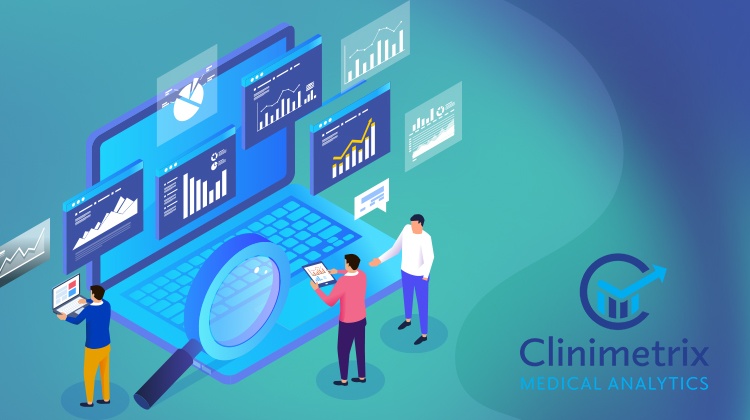In a busy practice, things sometimes get missed with the potential to cause harm to our patient.
We can now manage that risk. For instance, finding the patient where a significant test result has not been followed up, a patient who has not acted on a referral for a life-threatening condition, or who should be considered for different treatment.
At last, we can now improve the outcomes of patients by rapidly searching through practice clinical records using a data analysis tool.
The outcome of the care we provide a patient is limited by our patient’s willingness to listen and act as they have been advised in their best interests. The question is how do we mitigate the risks in a time-efficient manner? Are there tools that allow for a broad review of clinical risk? Importantly, can we link patient demographics and observations, diagnoses, medications, pathology or any other clinical metric? Can we also link this to income?
The answer to all these questions is yes.
At our practice we use Clinimetrix, an analytics platform, to analyse a full range of clinical data as well as detailed financial data. The outcomes for our patients and for the business have been nothing short of spectacular.
Clinimetrix works with free text entries in the reasons for encounter and diagnosis fields as well as coded records, a feature that is not available in other practice software.
From there you can make linkages that provide answers to clinical questions that you could never get easily before.
In our large practice, we can ask questions of Clinimetrix that have never been considered previously and then act on those findings to enhance our patients’ health.
For instance, you might be concerned that males with an elevated PSA have not been followed up. The question is – how many males aged 40 and over with a PSA greater than 3 have not been referred to a urologist in the previous 2 years? The answer – about 18. Of the 18, 2 had PSA results that suggested possible neoplasm but had not been referred.
Clinimetrix allows us to do this because it can link pathology results with communications to specialists or allied health professionals have been sent or received.
Or you might wonder how many patients had untreated hypertension? The question – how many people who visited in the last year had a systolic BP greater than 150 but were not prescribed any antihypertensive medication? The answer – 41 with some not followed up nor was their BP measured at the next visit.
You may have noticed a few patients with gonorrhoea in the past few months. The question is – how many were prescribed drugs according to guidelines? The answer – all of them.
The time taken to access the answers in each case was a few minutes.
At our practice, the benefits of this approach to using our clinical data have been clearly demonstrated by the recent Lumos* report where mortality rates for our patients 65 or older are nearly 50% lower than the state average.
In addition, results for diabetes, COPD, ED attendances and mental health issues are all more than 50% lower than the state average.
Analytics is also used to explore demographics and the incidence of disease groups, identifying unmet need in the community. It enables us to develop training and resources to better manage the scale of care.
Clinimetrix has become the mainstay for our preventative health team.
In essence Clinimetrix allows you to find those patients at risk AND shows you, easily, quickly and accurately where care delivery can be rewarding.
It also explains the finances of the business, to collate information required for the PIP Quality Improvement Incentive, track patient attendances for 75+ and 45-49 health assessments, and much more.
The mining of data has become a critical part of the success of our business over the past 7 years and as a practitioner and owner, I have found it to be one of the most valuable assets we have. Clinimetrix has enabled us to manage clinical risk and enhance health outcomes for our patients.
Authored by Dr Ron Tomlins.
*Lumos is a state-wide study involving more than 500 general practices conducted by NSW Health and WentWest and other PHNs.
Explore our range of news and training resources:
Bp Learning Video Library | Bp Learning Training Options | Bp Newsroom Blog
Subscribe to Our Newsletters | Bp Learning Webinars

